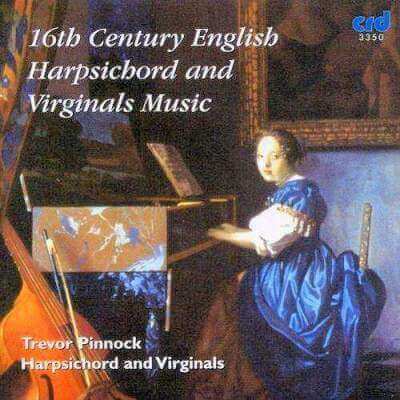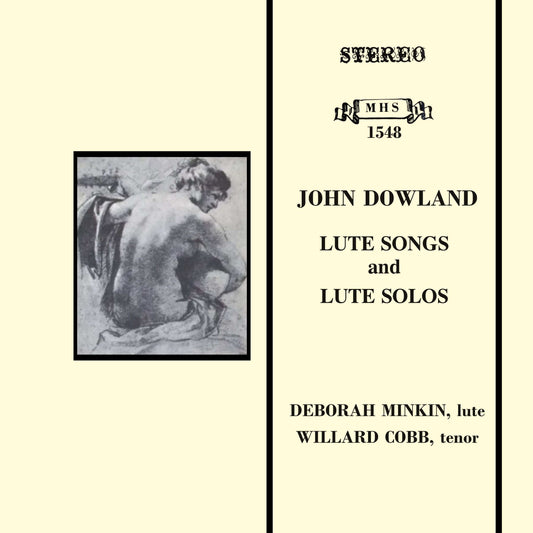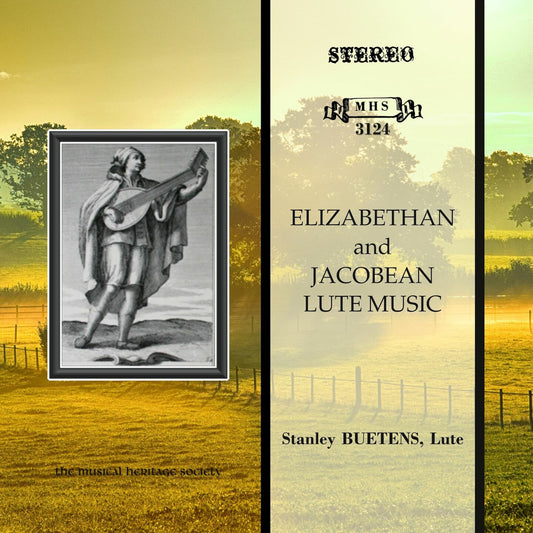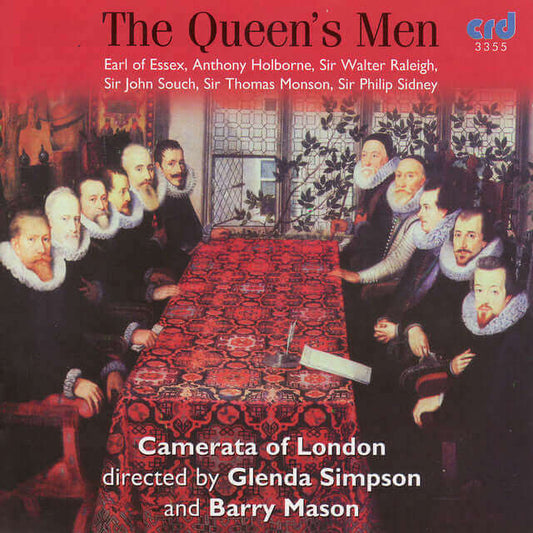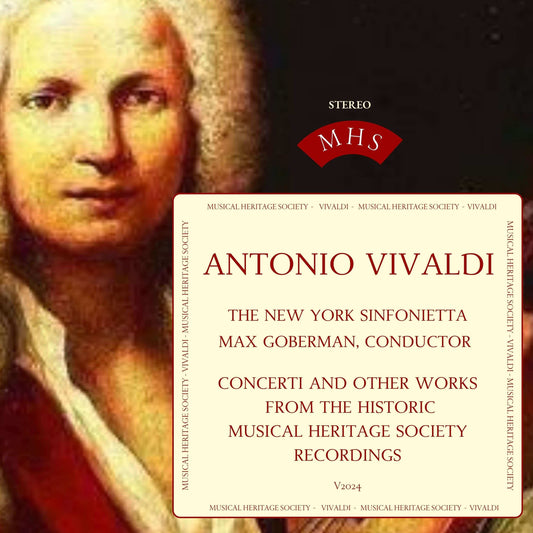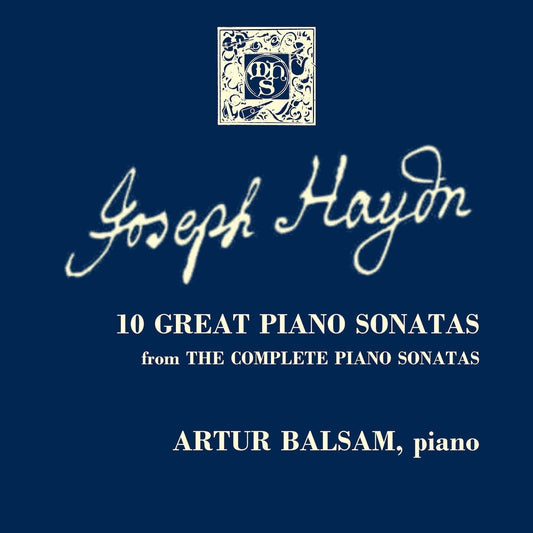Collection: JOHN DOWLAND (c. 1563 – 1626)
Likely born around 1563, possibly in London or Dublin, details of Dowland's early life and musical training remain scarce. He first appears in historical records in 1580, in service to Sir Henry Cobham, the English ambassador to France, where he spent several years. During this time in Paris, Dowland converted to Roman Catholicism, a decision that would significantly impact his career prospects back in Protestant England.
By the 1590s, Dowland had established himself as a lutenist of international renown. He travelled extensively across Europe, seeking recognition and employment. He visited Germany and Italy, where he met prominent composers like Luca Marenzio in Florence and hoped to study with him. However, his travels were cut short, possibly due to involvement, unwitting or otherwise, with exiled English Catholics, which further complicated his standing back home.
Despite his burgeoning European reputation, Dowland keenly desired a position at the court of Queen Elizabeth I. In 1594, upon the death of a royal lutenist, he applied for the post but was unsuccessful. Dowland firmly believed his rejection stemmed from his Catholic faith, lamenting this perceived slight in letters. This disappointment seems to have fueled the pervasive sense of sorrow and yearning that characterizes much of his music. His famous motto, "Semper Dowland, semper dolens" (Always Dowland, always grieving), encapsulates this personal and artistic disposition.
Unable to secure favour in England, Dowland found prestigious employment abroad. From 1598 to 1606, he served as the court lutenist to the lavish King Christian IV of Denmark in Copenhagen. He was exceptionally well-paid, reflecting his high status as a performer. However, his tenure was marked by absences, and he was eventually dismissed, perhaps due to overstaying leave in England or personality conflicts.
Returning to England around 1606, Dowland found the musical landscape shifting. While still highly respected, he struggled initially to regain prominent patronage. He eventually secured a position as one of the King's Lutes under James I in 1612, a post he held until his death. While a stable appointment, it perhaps lacked the prestige he felt his talent deserved earlier in his life.
Dowland's musical output primarily consists of lute songs (or "ayres"), solo lute works, and some consort music. His songs, published in collections like the First Booke of Songes or Ayres (1597), Second Booke (1600), Third and Last Booke (1603), and A Pilgrimes Solace (1612), masterfully blend poetic texts with expressive melodies and intricate lute accompaniments. They range from lighthearted dances to profound explorations of sorrow, love, and piety.
His most famous work is arguably the instrumental pavan Lachrimae, which exists in versions for solo lute and viol consort. The song based on it, "Flow my tears," became one of the most widely recognized tunes of the era. The Lachrimae, or Seaven Teares (1604) collection features seven passionate pavans for viol consort and lute, based on the "Flow my tears" motif, exploring different facets of grief.
John Dowland died in London in 1626. He left behind a legacy as England's foremost master of the lute and a composer whose deeply personal and technically brilliant music captured the melancholic spirit of his age. His works continue to be performed and admired for their emotional depth, harmonic richness, and unparalleled artistry in uniting voice and instrument.

